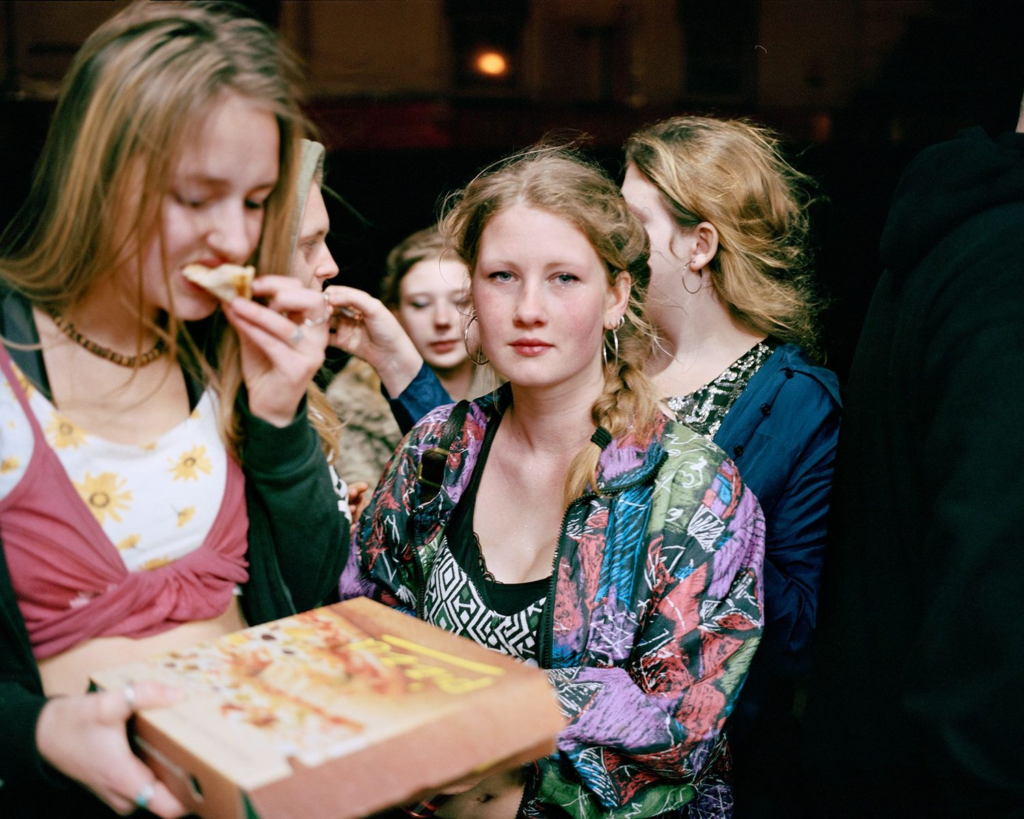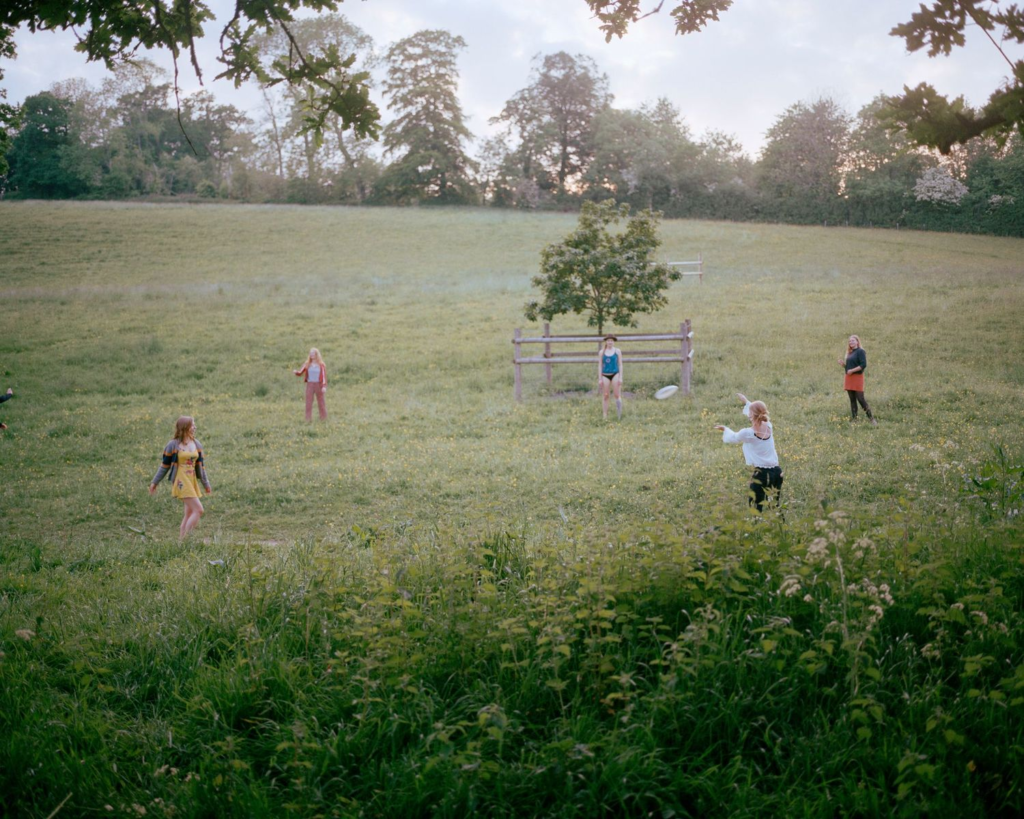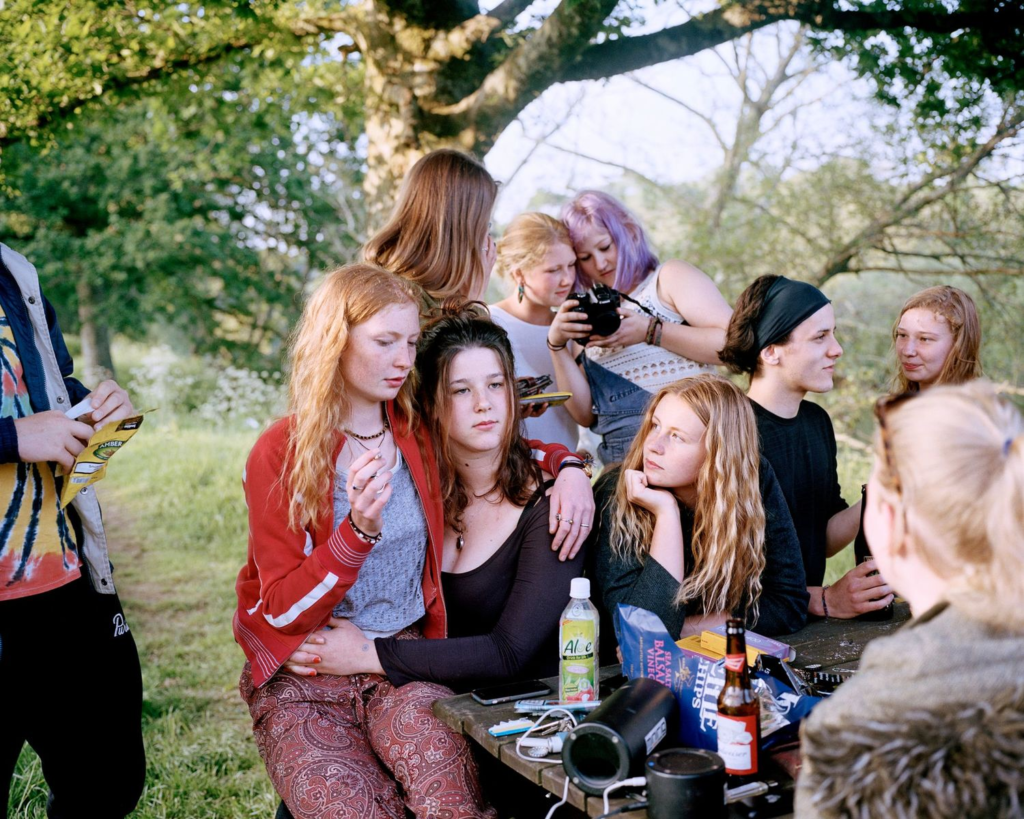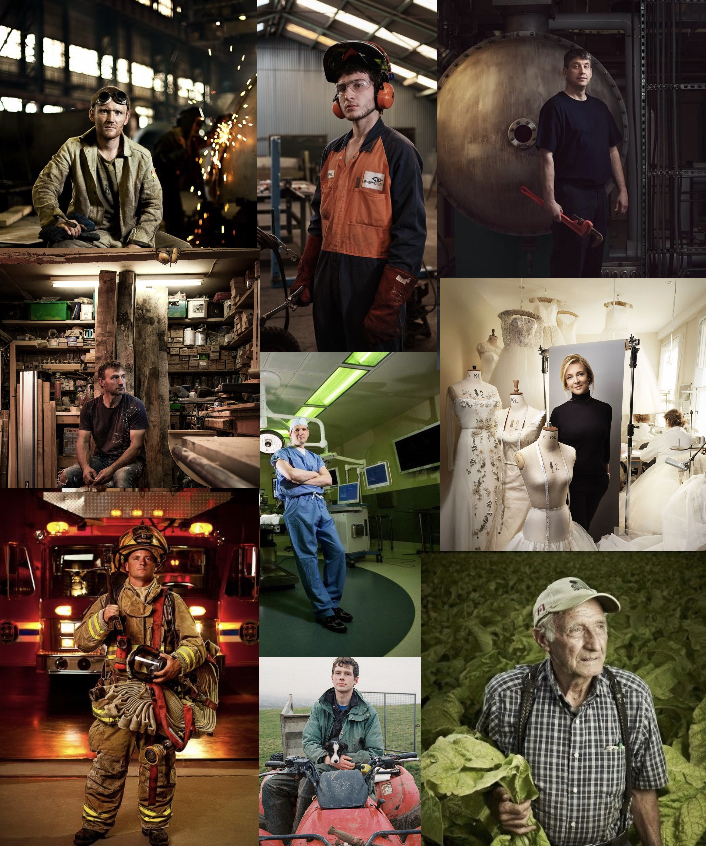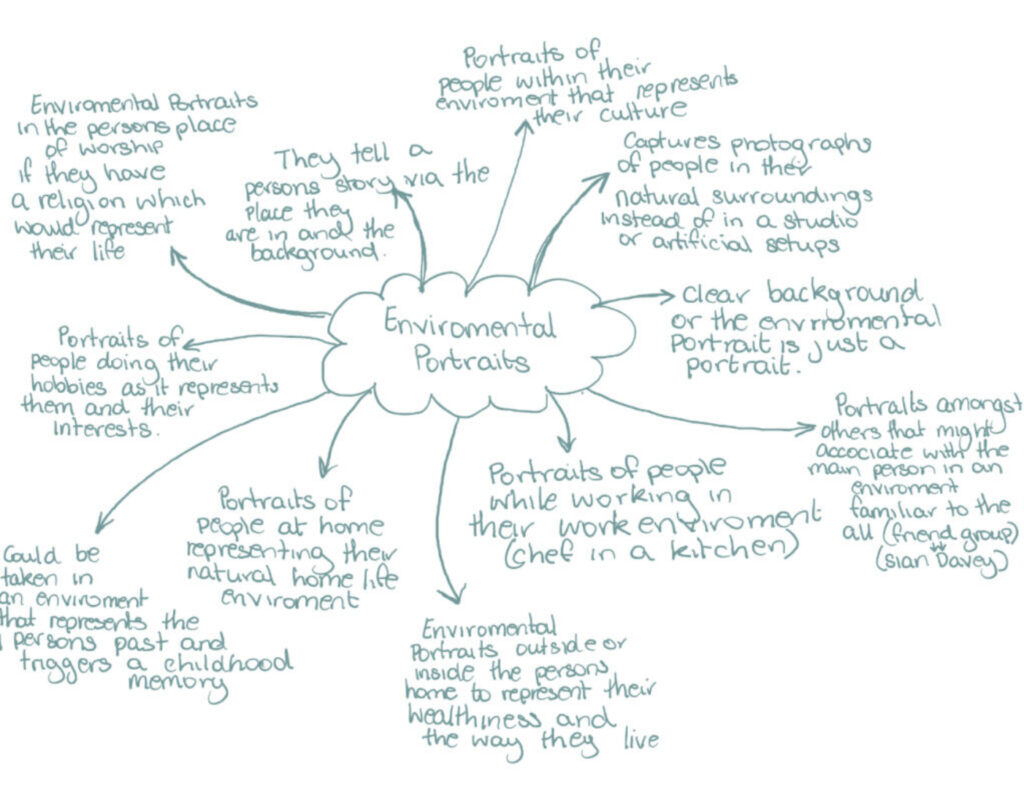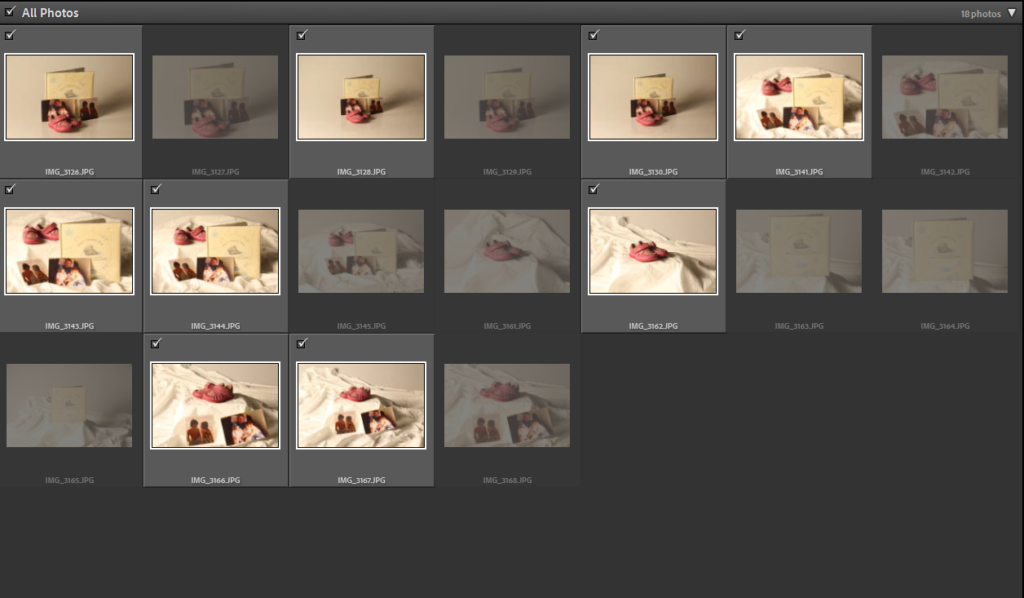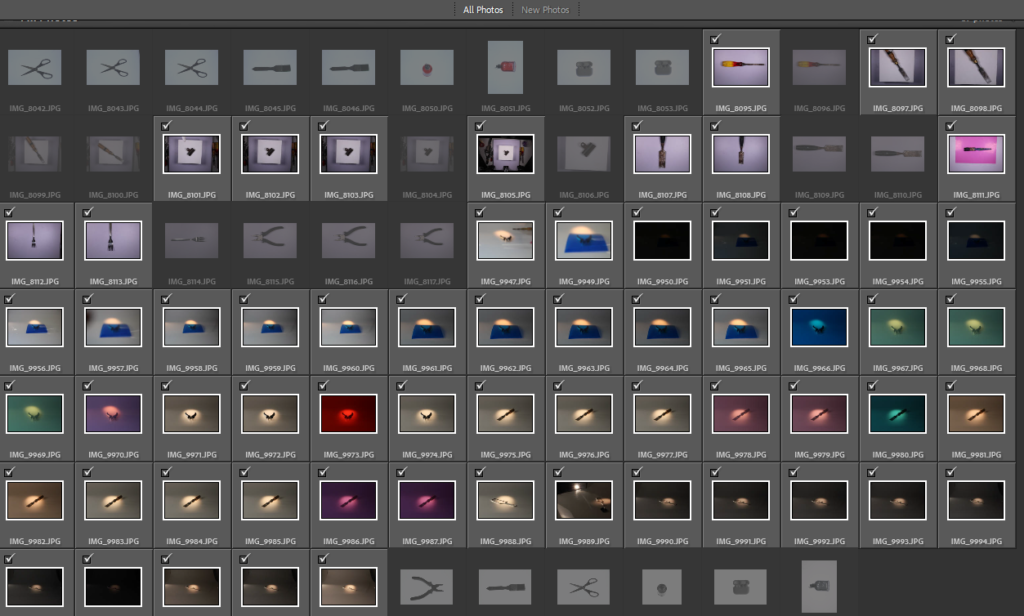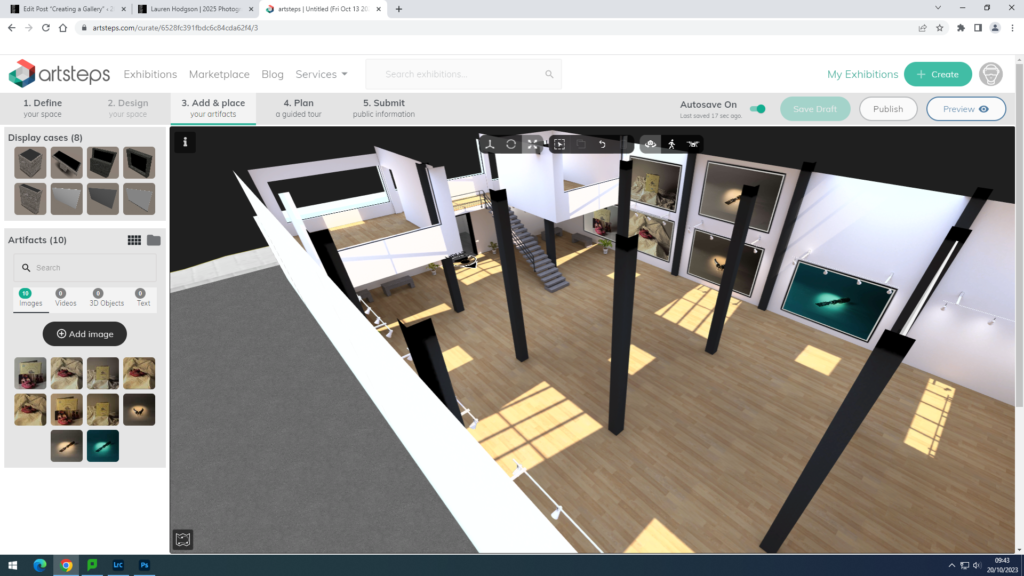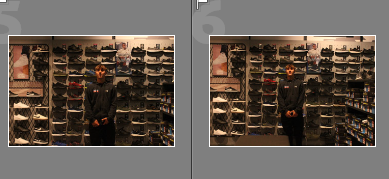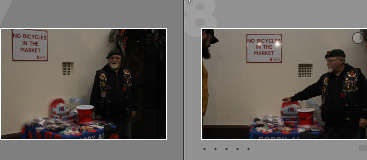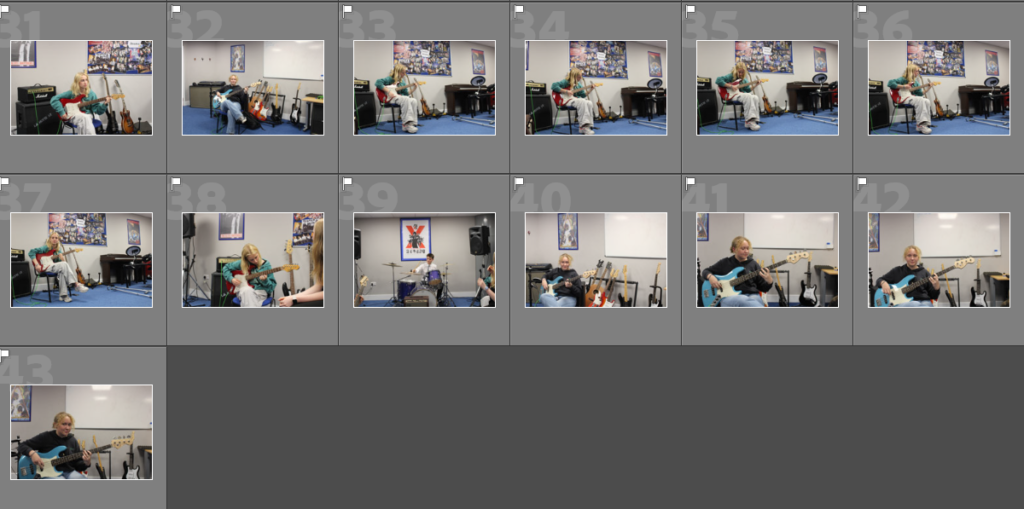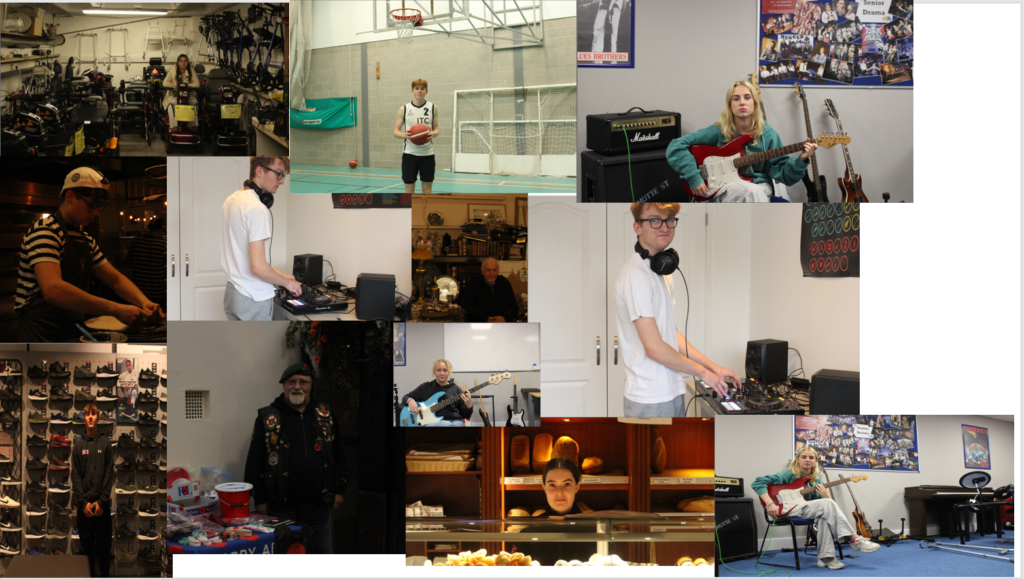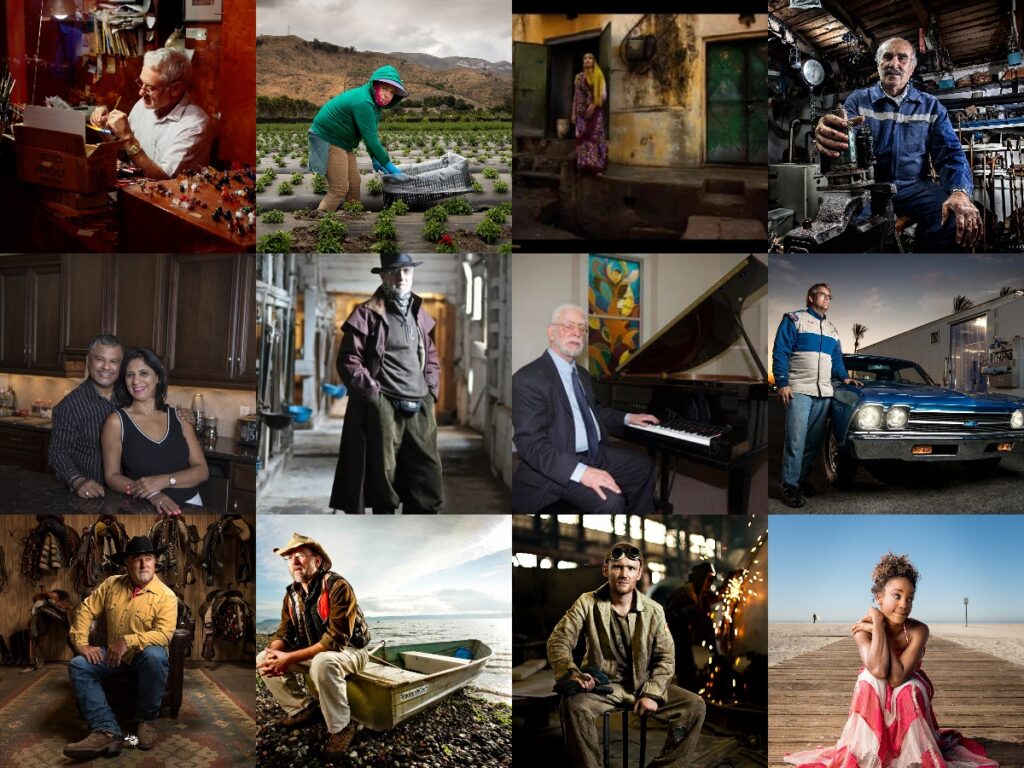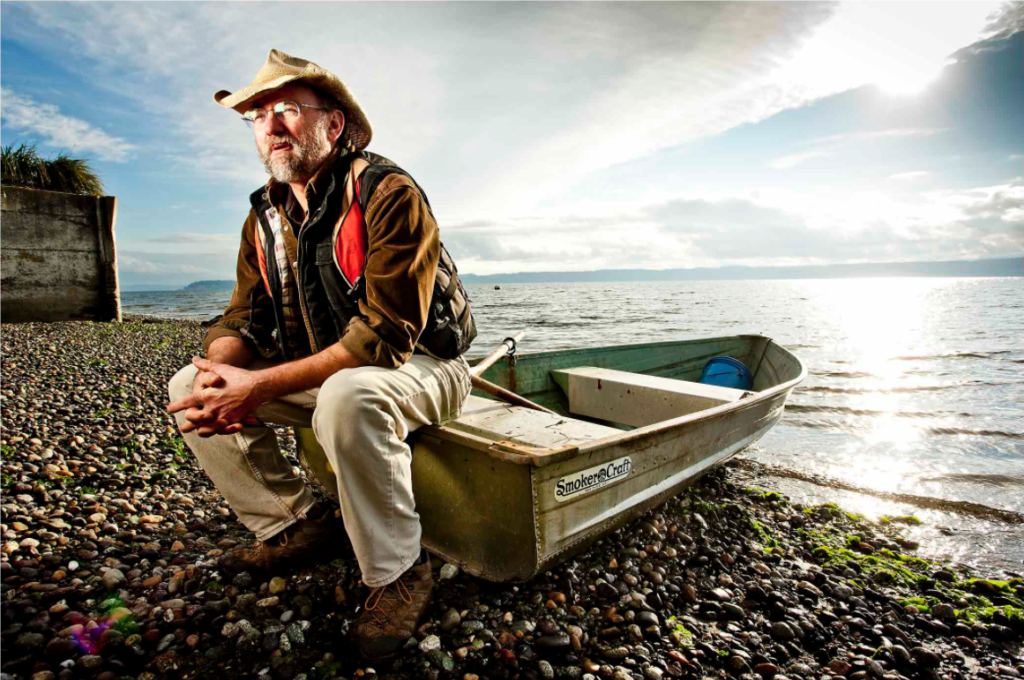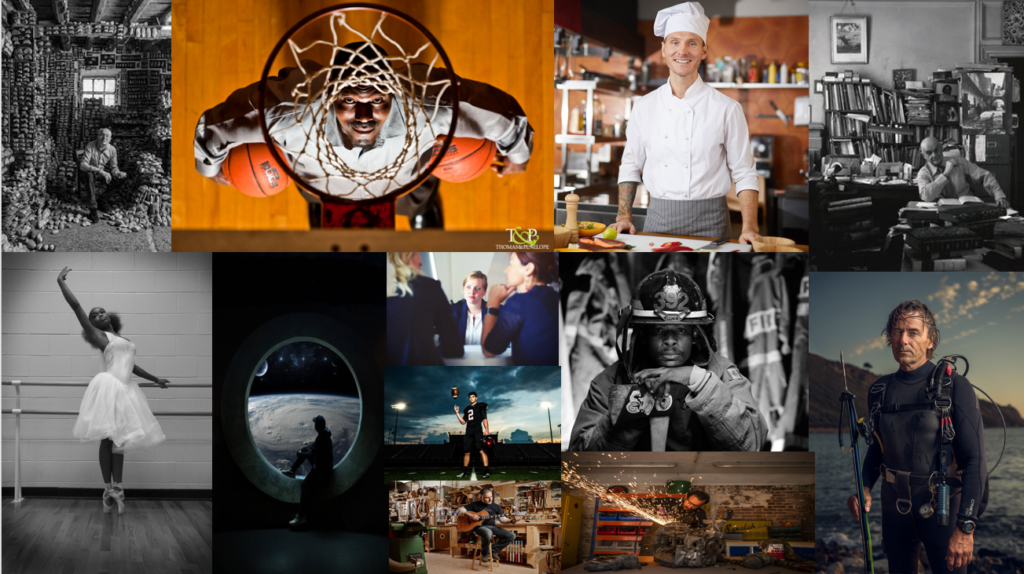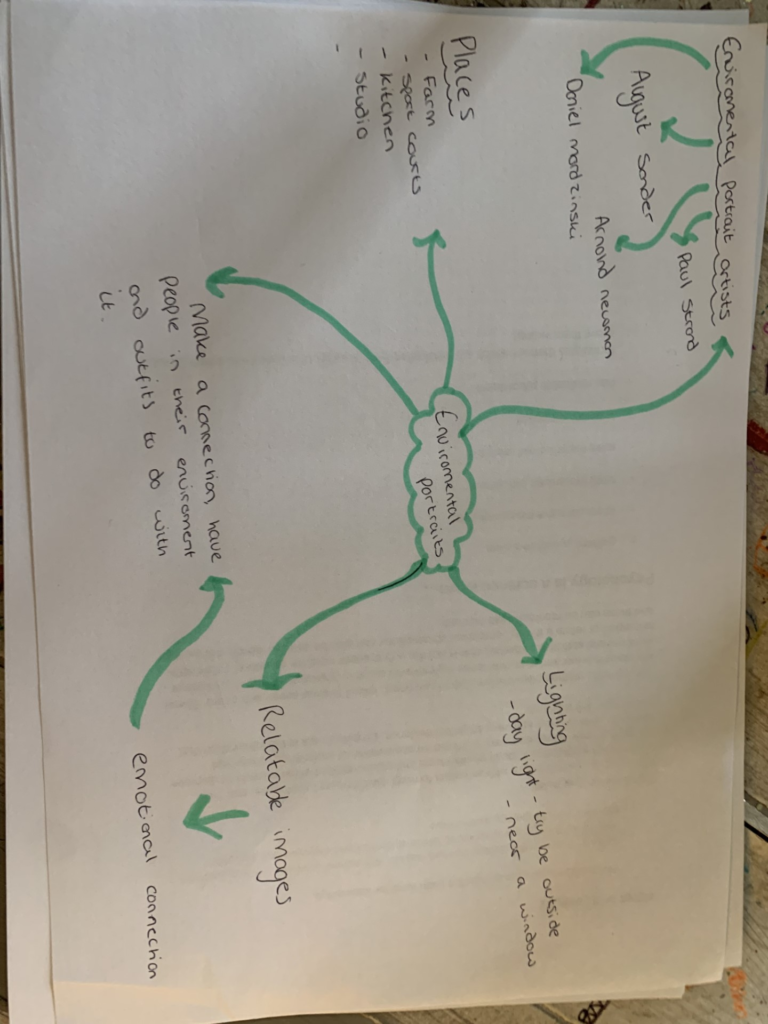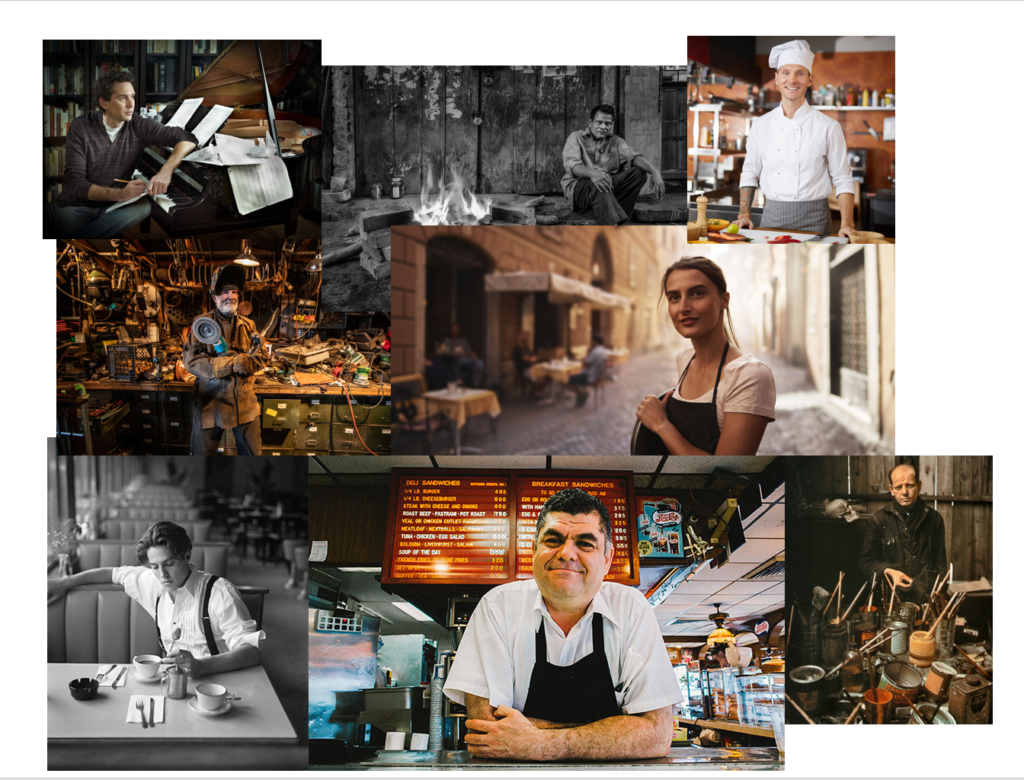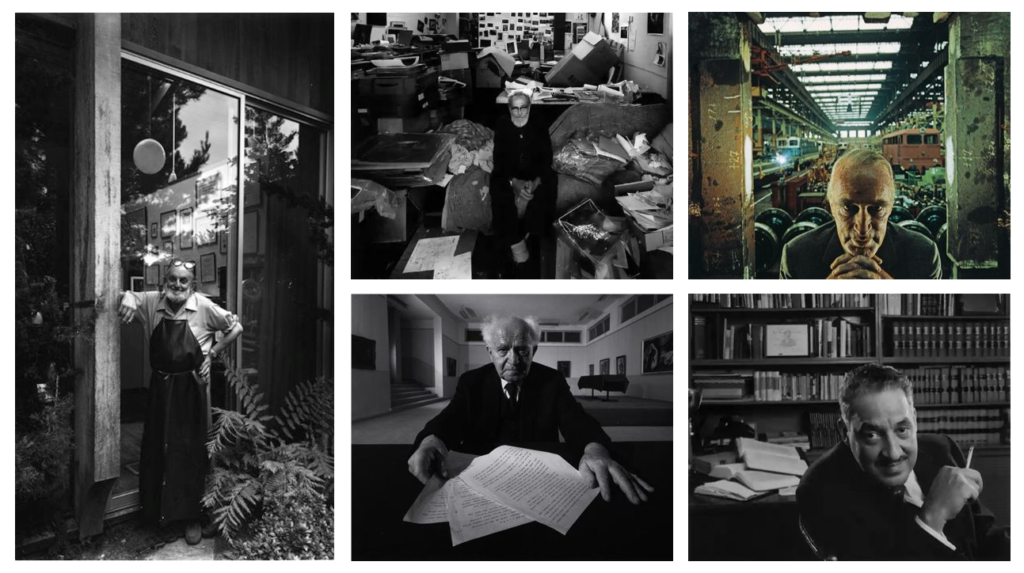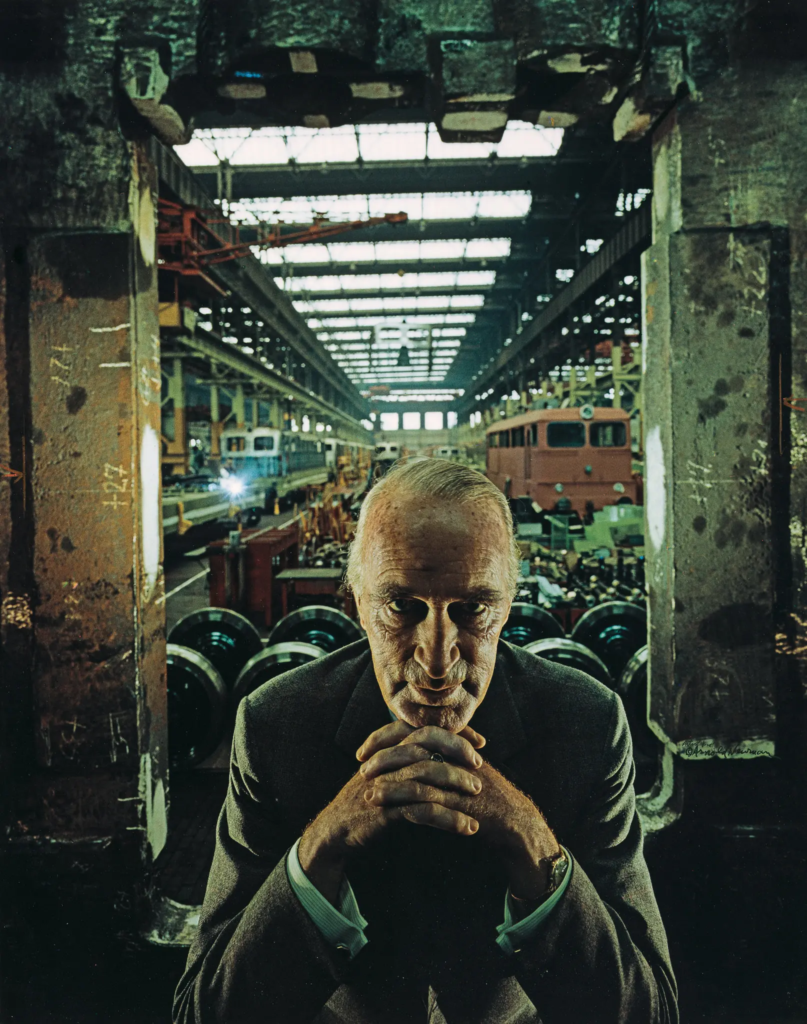Sian Davey (Looking for Alice & Project Martha)
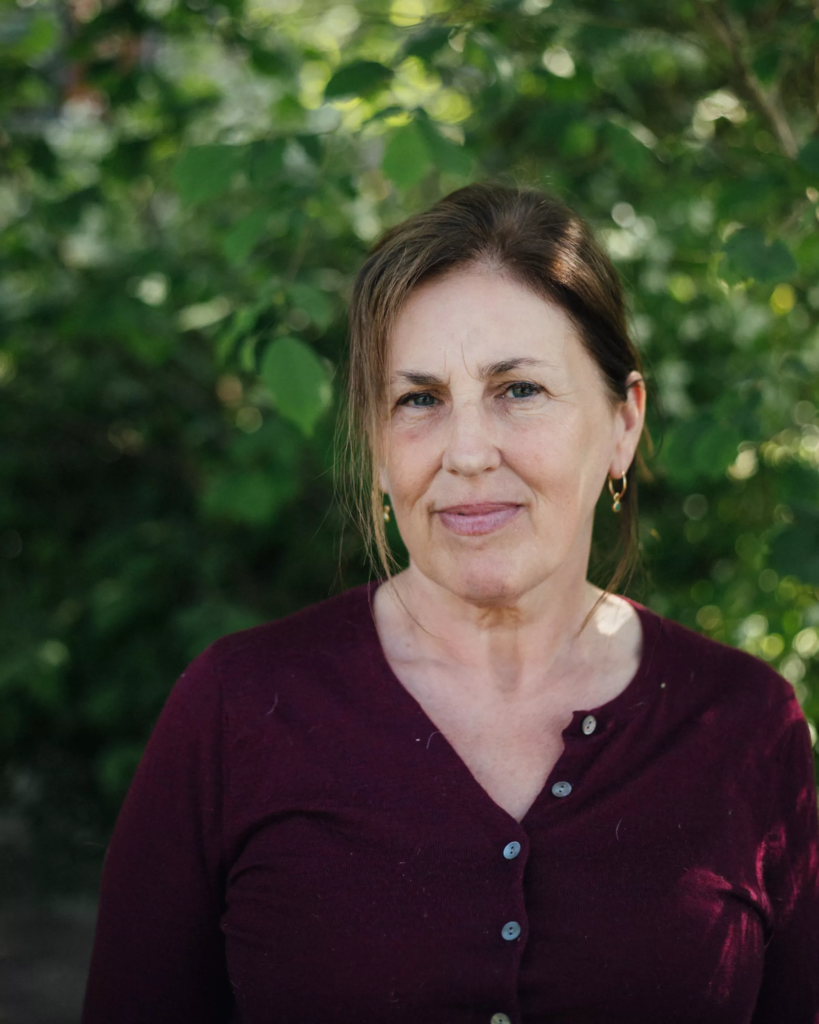
Sian Davey was born in Brighton and later went to Bath academy of Fine Art where she studied fine art painting in 1985. she also went on to obtain an MA and an MFA in photography between the years 2014 to 2016. Sian has a daughter called Alice and a teenage Step-daughter called Martha. Sian Davey was greatly inspired by Louise Bourgeois retrospective. After visiting Tate Modern, London in 2007 she instantly loved the style of the photographs. After Martha’s 16th birthday, she questioned why Sian doesn’t take photos of her anymore. Sian had earlier assumed that Martha was becoming uninterested in being involved in the photography and wanted to give her space to grow up as she is a teenager. While she stopped taking photos of Martha, she took other photos of her youngest Alice where she created the project
‘Looking For Alice’
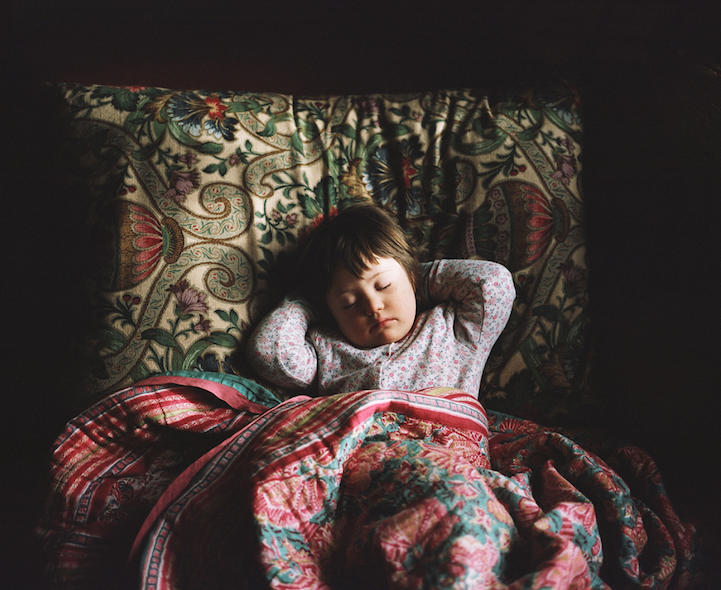
The context of this particular project highlights the meanings of Love and Family. Sian Davey focusses this project on her daughter Alice as she was born with down syndrome and she explains her struggles and the importance that her “imperfect baby” feels what everyone else feels.
Visually, This image gives off a dark tone but it is also a very warming photograph. The overload of patterns works well especially with the dark background as it doesn’t make it overly crazy. You can easily tell that the girl is the viewpoint of the image and i like how the use of a brighter colour outfit compared to the blankets and pillows works well to stand her out. It contrasts with the colours and patterns of red/pinks and greens on the pillows and blankets and is very eye catching in contrast to the background. It also adds a really effective aspect to the image.
In technical terms, I think the lighting in this particular image works really well and I love how the natural light shines on Alice’s face. it is very intensely shining on the left side of Alice’s face and therefore making that side have a glow. The aperture has been adjusted to full focus on Alice and the bedding around her as the background is not visible at all.

I think this photo also works well as an Environmental Portrait piece as Davey has said, the conceptual view of this photo shows that though Alice has down syndrome, she is like any other child who loves to explore their surroundings and go on adventures to places such as in the photo.
Visually, The viewpoint is immediately the centre of the image and the add of height to Alice creates more a focus on her, this could also be seen as her being in the centre box of a rule of thirds. In addition to this, the use of colour contrast in terms of Alice’s clothing also adds to the fact that she is the main focus as she differs from the rest of the image.
The technical aspects of this photo includes the use of the natural lighting. Though its clear that there are clouds cover the sky the light is still able to pass through and create a warming light
Project Martha
After Davey was asked the question by Martha, She then went on to begin her newest project called ‘Project Martha’ which involved being apart of her daughters teenage life with her friends. Sian expressed how she had to allow her friends to trust her and have her basically in the friend group to be able to capture these photos. She says the quote
‘I am always there as the photographer, as her step-mother, as mentor and friend, but where I am and where I place myself is harder to place as she grows and moves further away from her childhood.‘
These were photos like the ones below
I think Davey’s photographs are very powerful because as well as capturing Martha’s teenage life with her friends, she is also expressing the relationship between herself and her step-daughter and the trust they have in each other. I think the bright colours that are in every photograph of Martha’s friend group makes the photo have a large feeling of happiness and memories being made, whereas, if she decided to make her photos black and white it wouldn’t have the same effect that it does. I think this point is greatly evident in the 2nd image below. I really like how natural Davey’s photos are. In the first image, I think the use of only Martha being aware and looking directly at the camera works really well to show that its a document of her life and what she does. the use of the friends not being aware of the photo also adds to how naturalistic the image is. The colours In almost all of her photographs are soft and bright and bring across a feeling of warmth.
Some of the photos from ‘Project Martha’
